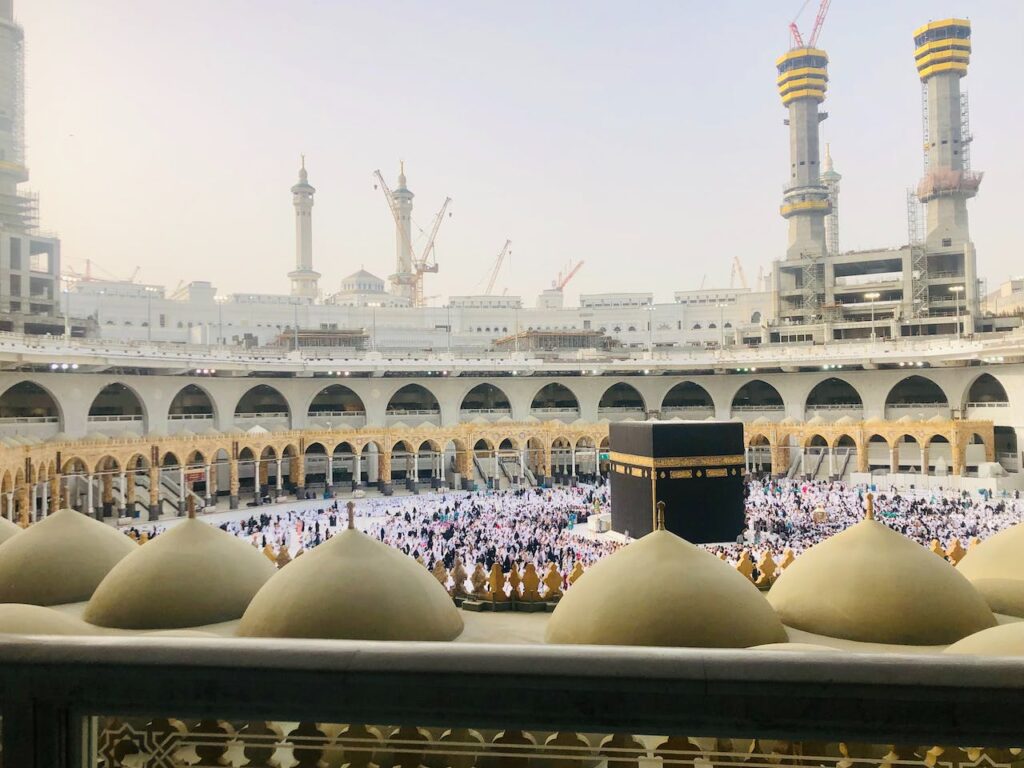Hajj and Umrah are two significant Islamic pilgrimages that hold immense spiritual importance for Muslims worldwide. They involve a series of rituals, one of which is the Sa’i, the act of walking and running between the hills of Safa and Marwa. In this article, we will delve into the history, significance, and process of Safa Marwa counting, shedding light on the profound meaning behind this ritual.
Historical Background
The origins of the Safa and Marwa rituals can be traced back to the story of Hajar and her son Ismail
in Islamic tradition. According to the narrative, when Hajar was left in the desert with her infant son, she searched for water desperately. As she ran between the hills of Safa and Marwa seven times,
she heard the angel Jibril strike the ground, causing the miraculous emergence of the well-known Zamzam water. This incident, known as the “search of Hajar” or “Sa’i,”
has since become an integral part of the Hajj and Umrah pilgrimages.
The Process of Safa Marwa Counting
- Firstly, Ihram and Tawaf:
Before starting the Sa’i, pilgrims must be in a state of Ihram, a state of purity and consecration. In addition, they should complete the Tawaf.
- Secondly, Arrival at Safa:
Pilgrims begin by entering the Masjid al-Haram in Mecca and proceeding to Safa, one of the two hills. Upon reaching Safa, they recite specific supplications and praise Allah.
- Moreover, Sa’i:
Pilgrims descend from Safa and walk towards Marwa, and this counts as one round. Then back from Marwa towards Safa, which is counted as another round. repeat the walking until completing 7 rounds.
- In addition, Supplications:
Throughout the Sa’i, pilgrims engage in prayers, supplications, and remembrance of Allah. They may recite verses from the Quran or engage in personal prayers, seeking blessings and guidance.
- Lastly, Completion:
Once the seventh round between Safa and Marwa is completed, pilgrims conclude the Sa’i. They proceed to the next ritual, which is the shaving or trimming of the hair, symbolizing the completion of the Umrah or Hajj.
Summary: Walking back or forth between Safa and Marwa is considered a complete round of Sa’i
Key Takeaways
- Safa Marwa counting is an essential ritual in the Hajj and Umrah
- The act of walking and running between the hills of Safa and Marwa represents trust in Allah’s mercy and serves as a reminder of the importance of perseverance and faith in overcoming challenges.
- The Sa’i ritual has been facilitated with modern developments such as the indoor, air-conditioned structure called the “Mataf,” escalators. and moving walkways to accommodate the increasing number of pilgrims.
- The completion of Safa and Marwa counting marks an important milestone in the Hajj and Umrah pilgrimages, bringing a sense of fulfillment and spiritual renewal.
Contemporary Measures and Facilities
In modern times, the Sa’i ritual has been facilitated by various developments to accommodate the increasing number of pilgrims. The area between Safa and Marwa is now an indoor, air-conditioned structure called the “Mataf” that provides a comfortable environment for pilgrims. The pathways are equipped with escalators and moving walkways, ensuring easy access for people of all ages and abilities.
Symbolism and Significance
The Sa’i between Safa and Marwa carries profound symbolic significance for Muslims. It represents the unwavering trust and reliance on Allah’s mercy, as demonstrated by Hajar’s unwavering faith during her search for water. The act of running between the two hills symbolizes the struggle, patience, and perseverance required in the pursuit of our goals and aspirations. It serves as a reminder that through perseverance and faith, even the most challenging circumstances can be overcome.
Conclusion
In conclusion, The Sa’i between Safa and Marwa is a powerful and symbolic ritual that holds deep meaning for Muslims embarking on
the Hajj and Umrah pilgrimages. It represents the steadfastness, determination, and trust in Allah’s guidance that is required in the pursuit of spiritual and worldly goals.
By understanding the historical context, symbolism, and process of Safa and Marwa counting,
Pilgrims can engage in this ritual with a heightened sense of appreciation and spiritual connection. May Allah accept the efforts and intentions of all those who embark on this sacred journey.






